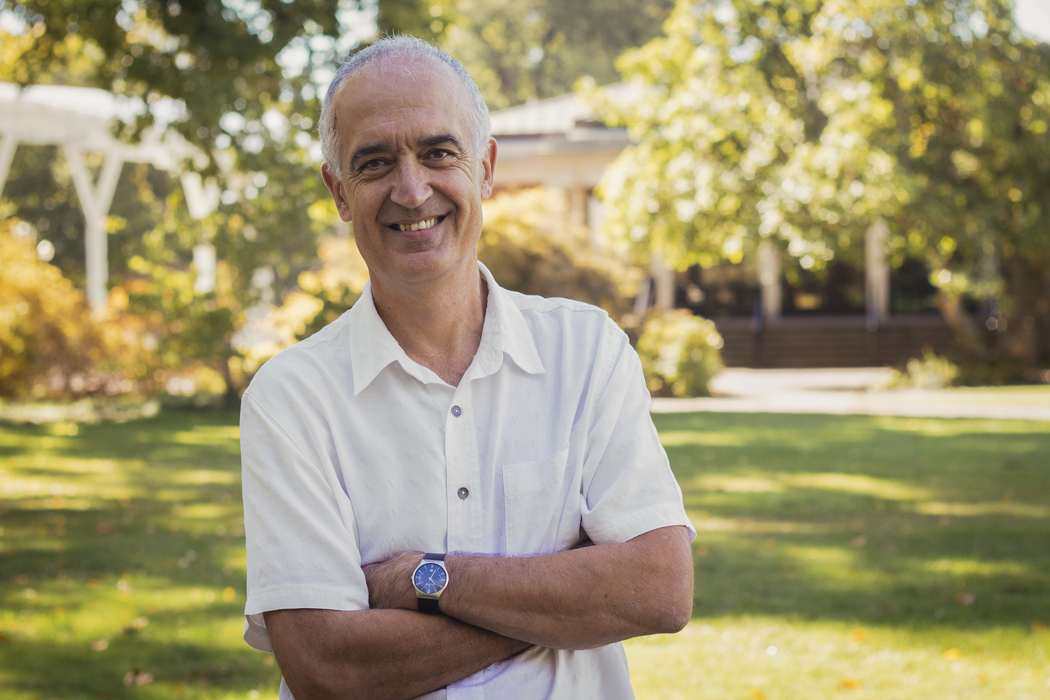
F. Javier Nieto, new Dean of the College of Public Health & Human Sciences (CPHHS) at Oregon State University, described his college’s strategic planning project in an all-college meeting on September 19, 2017. “Our students and their success is our greatest responsibility and strength. Our research on complex health challenges is our primary contribution to future knowledge. Our community outreach and partnerships enable broad-scale changes that are unparalleled anywhere in the country. Now is the time to reformulate our strategic direction for the next few years to capture our organization’s truly extraordinary potential to fulfill our mission!” The Napa Group is pleased to partner with CPHHS as it plans a future of innovation and impact.
Much as the engineering professions seized the narrative nearly a decade ago in defining the world’s “grand challenges” and the role of engineering and, thus engineering education, to help solve them, trends and topics in public health today suggest that public health education has a similar opportunity to more boldly redefine its role – within universities, its communities and regions and its relationships around the globe. In fact, many of the “grand challenges” identified by the engineering professions have a health component.
Top-tier public and private university public health programs are expanding beyond traditional disciplines to develop new areas of study and service such as health policy management, technology-based health informatics and health care delivery. They are retooling to address new threats, such as the growth of noncommunicable diseases, widening health disparities and the stubborn intransigence of perennial conditions like substance abuse and tobacco use leavened by social and political determinants of health. These efforts are bringing together schools of education, engineering, public policy, business and more in interdisciplinary activities benefitting all of them.
Because health is such a “big tent,” public health educators, the medical professions, researchers, policymakers and community organizations are increasingly collaborating in their regions and beyond around “local-to-global” and “global-to-local” solutions to prevent, treat and eradicate diseases and deliver efficient, cost-effective prevention and care. Part of this is very practical as the decrease of federal and state funding and the volatile dynamics of health care access and delivery are forcing out-of-the-box solutions; these partnerships leverage individual strengths and assets into cross-cutting responses to society’s health-related needs.

